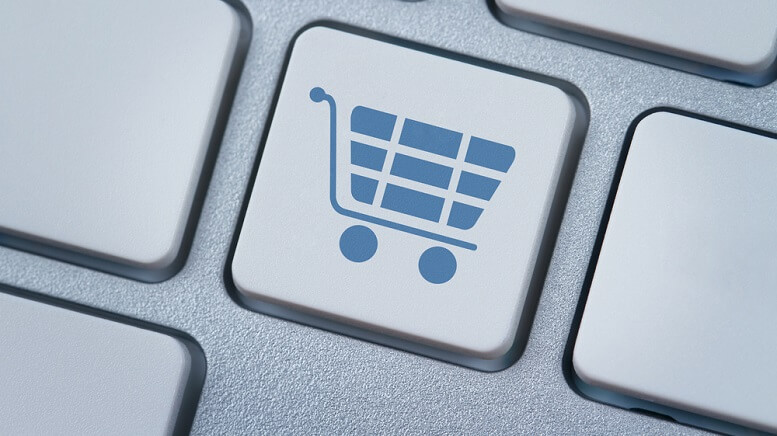It’s no revelation to predict that gigantic retail stocks will continue providing investors with safe, reliable returns. You don’t have to be Nostradamus to know that a company with a market cap in the hundreds of billions—one that sells everything from flat-screen TVs to inflatable sex dolls—will probably not crash anytime soon. Not unless there’s a major market disruptor on the horizon.
E-commerce was one such disruptor, but the biggest retail stocks were able to adapt to it and profit from it.
There was one notable retail vertical, however, that didn’t quite make the transition online: groceries.
The Online Grocery Market
According to eMarker, only about 2% of food and beverage items bought in 2019 have been purchased online. That’s significantly less than the 10.1% of total retail purchases made online that the US Census Bureau estimates for the year.
So why aren’t people buying as many groceries online as they are their TVs and their masturbatory paraphernalia? In part, it’s because there’s a notoriously low profit margin for grocers, who can’t justify the added cost of home delivery. Foodstuffs like apples and cabbage don’t keep as well as electronics, so it’s a far riskier business.
But that hasn’t stopped some of the most profitable and recognizable retail stocks from trying to succeed where others have failed. Due to impressive technological advancements and tremendous logistical capabilities, companies like Amazon (NASDAQ:AMZN) and Walmart (NYSE:WMT) have been preparing to rapidly expand into the online grocery market.
These companies are expected to drive that market value up to $26.9 billion by 2025. So let’s take a look at why Amazon and Walmart are betting on this market, and how they plan to achieve success.
Amazon
In 2017, Amazon bought Whole Foods for about $13.7 billion. This was the retail giant’s largest acquisition at that time, and it signaled its expansion into the grocery industry.
As Amazon is already the world’s largest e-commerce business, it naturally began planning to make online grocery shopping a new reality. But it won’t be relying on long-distance shipping like most of the rest of its offerings.
>> BABA Stock Drops in Latest Twist to Trump’s Trade War
Whole Foods has more than 470 stores around the US. What’s more, Amazon plans to have as many as 3,000 “Amazon Go” stores open in the country by 2021. This means the company will be able to offer 70% of the American population a grocery store that’s within 20 miles.
Through an Amazon Prime subscription, those Americans will be able to purchase their groceries online and have them delivered to their doors.
Convenience is perhaps the most important factor in determining consumer preference, and no retail stock is as synonymous with convenience as AMZN. According to eMarker, the company already controls an estimated 32.7% of the online food and beverage market. As the market explodes in value, Amazon is prepared to defend that control.
Walmart
With more than 5,300 US stores, Walmart already has a store within 10 miles of nine-tenths of the country’s population. Because of this, it’s responsible for 20% of all grocery sales in America.
In the last three years, however, Walmart has reportedly invested $20 billion in its online presence, making it the third-largest American e-commerce site after Amazon and eBay (NASDAQ:EBAY).
Much of this investment has gone into making same-day grocery delivery across the US an economic reality. Unlike Amazon, customers won’t require a subscription but will need to pay a flat $9.95 fee.
By partnering with Uber (NYSE:UBER), the company had already made its delivery service available to about 40% of Americans. On top of that, in its Q4 sales report, Walmart stated that digital grocery sales have already risen 43%.
The Market’s Effect on Retail Stocks
According to a report from Hexa Research, millennials will be the force driving the growth of grocery e-commerce. Whichever companies can better appeal to this demographic will be able to capitalize on the online disruption of the grocery market, and will become an even more valuable retail stock for investors.
So the next time you’re thinking of making a quick run to the store for milk or bread, consider purchasing those items on your phone. If you’re satisfied with the result, you might just be looking at the future of food purchasing preferences in the United States and beyond.
Featured image: DepositPhotos © Rangizzz









